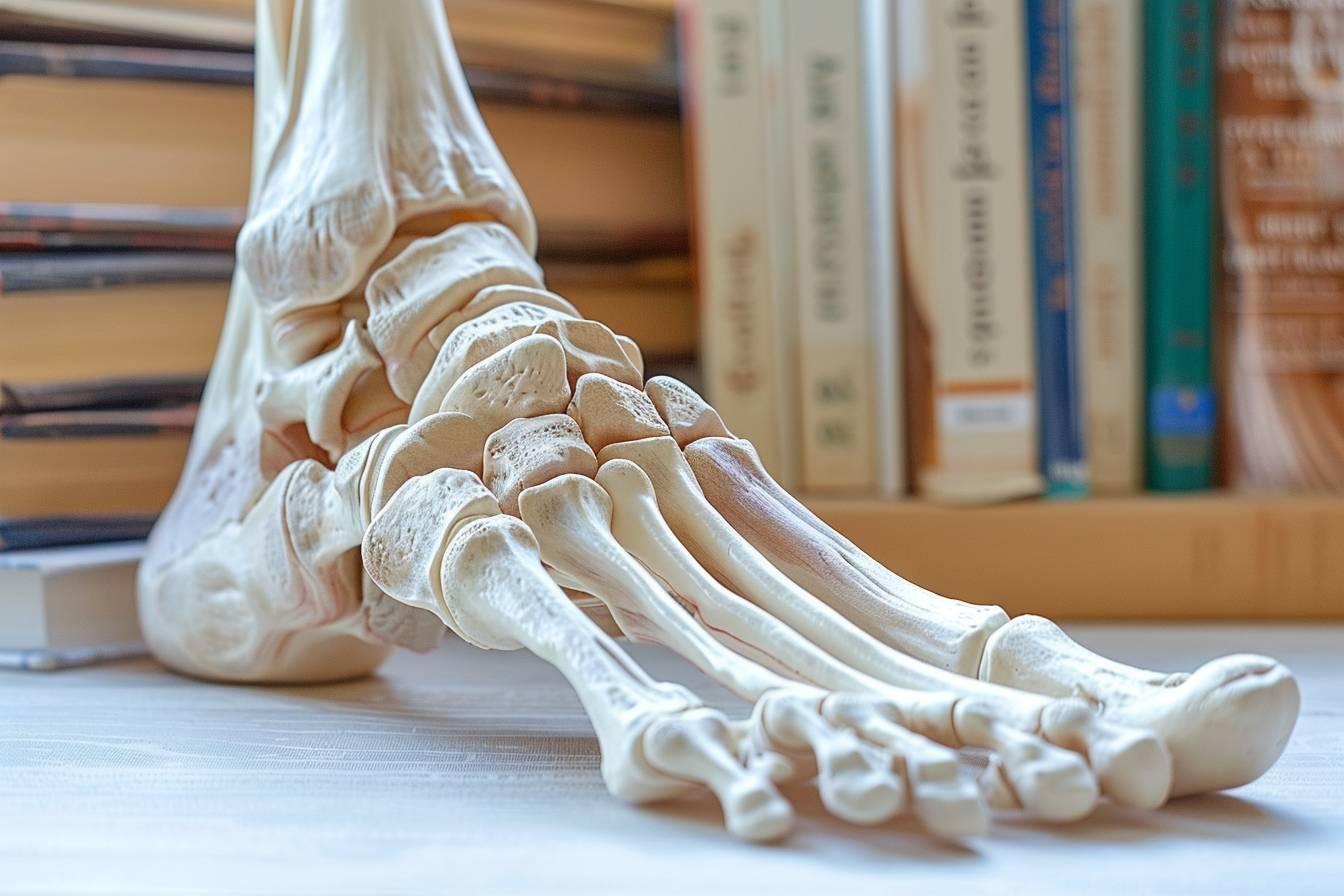Deciding on the appropriate footwear for a visit to the podiatrist can be more important than one might initially think. Should you wear sandals to the podiatrist, or is it better to choose another type of shoe ? This article offers expert advice on suitable footwear when visiting a foot specialist.
The importance of proper footwear for a podiatrist visit
When attending a podiatrist appointment, the choice of shoes can impact both the assessment process and your comfort. Wearing the right shoes will ensure that the podiatrist can accurately examine your feet and recommend appropriate treatments.
Facilitating an accurate examination
The main reason proper footwear is crucial is that it allows the podiatrist to conduct a thorough, accurate examination. Shoes that are easy to remove and do not constrict the feet can simplify the process. Sandals might be a viable option in some cases, provided they are supportive and easy to take off.
In addition, certain conditions, such as heel spurs, benefit from the podiatrist being able to observe your foot in different types of shoes. For instance, individuals suffering from a heel spur might need to show how their foot behaves in different footwear.
Comfort during examination
Comfort is another crucial factor to consider. Appointments can sometimes be lengthy, and wearing comfortable shoes ensures you remain at ease during the entire examination. Sandals might provide comfort, especially during warmer months, but ensure they offer adequate support to avoid any additional foot strain.
Properly fitted sandals with arch support and a snug fit around your feet can be a good compromise between ease of removal and comfort. However, if sandals don’t offer enough support, opt for more supportive footwear.
Considerations for specific foot conditions
Your choice of shoes for a podiatrist visit might also be influenced by specific foot conditions. Whether dealing with plantar fasciitis, flat feet, or other issues, wearing shoes that match your condition can aid in the podiatrist’s evaluation.
Plantar fasciitis
Individuals with plantar fasciitis, a condition characterized by inflammation of the plantar fascia, should consider wearing shoes that provide extra cushioning and arch support. Sandals that lack these features can exacerbate pain and discomfort.
Get more details about the nature and complications of this condition by visiting this article on plantar fasciitis.
Flat feet
For those with flat feet, supportive footwear is even more critical. Sandals usually do not provide the necessary support, potentially leading to further discomfort or exacerbating the condition. Orthotic insoles or custom-made shoes are often recommended.
To learn more about flat feet and their implications, visit this comprehensive piece on flat feet.
The dos and don’ts of choosing footwear for your appointment
Here, we break down what to do and what to avoid when selecting shoes for your podiatrist visit.
Dos :
- Choose shoes that are easy to remove
- Ensure your footwear provides adequate support
- Opt for comfortable designs that don’t strain your feet
- Consider bringing different shoe types for a comprehensive evaluation
Don’ts :
- Avoid shoes that are difficult to take off
- Skip sandals if they lack proper support
- Refrain from tight-fitting footwear that restricts foot movement
- Do not wear new shoes that haven’t been broken in yet
Conclusion : making the best footwear choice for your podiatrist visit
To conclude, while sandals might sometimes be suitable for a podiatrist visit, it’s essential to ensure they provide sufficient support and comfort. Depending on your specific foot condition, more supportive footwear might be necessary. Carefully selecting your shoes will aid in a more accurate diagnosis and comfortable experience during your appointment.
| Foot Condition | Recommended Footwear |
|---|---|
| Plantar Fasciitis | Extra cushioning, arch support |
| Flat Feet | Proper support, orthotic insoles |
| Heel Spur | Depends on symptom severity |
Remember to evaluate your specific needs and, when in doubt, consult with your podiatrist before your visit to determine the best type of footwear for your appointment.

